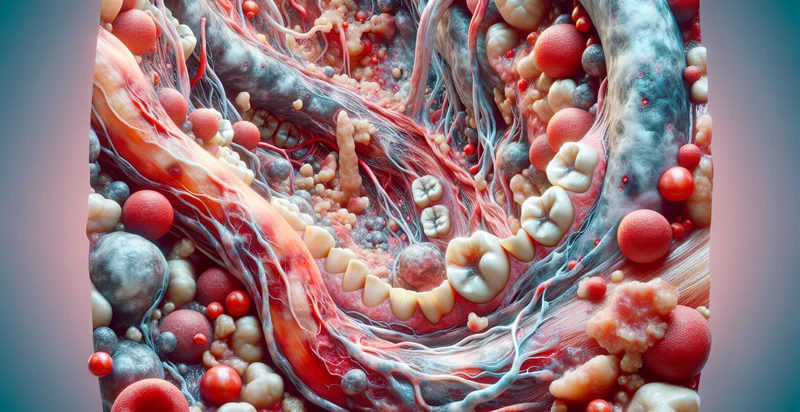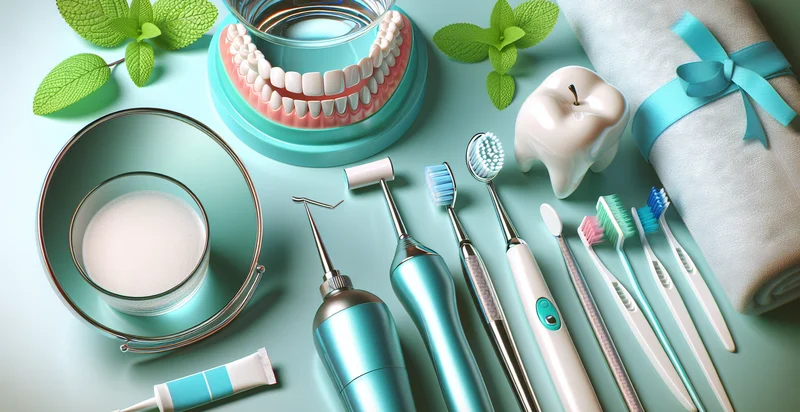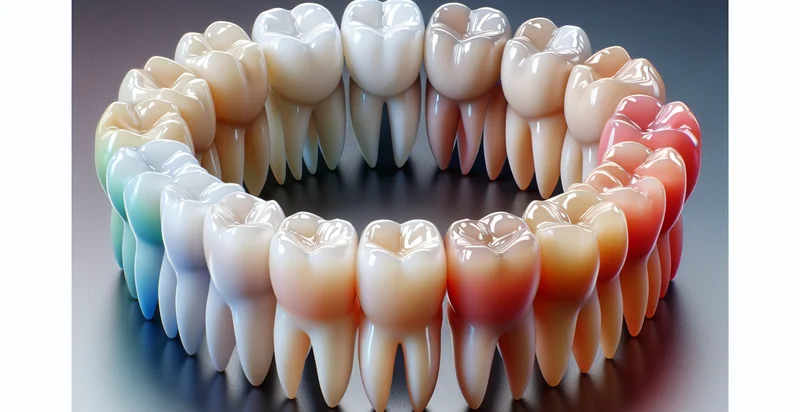Identify plaque buildup
using AI
Below is a free classifier to identify plaque buildup. Just upload your image, and our AI will predict the severity of plaque buildup in dental images - in just seconds.

Contact us for API access
Or, use Nyckel to build highly-accurate custom classifiers in just minutes. No PhD required.
Get started
import nyckel
credentials = nyckel.Credentials("YOUR_CLIENT_ID", "YOUR_CLIENT_SECRET")
nyckel.invoke("plaque-buildup", "your_image_url", credentials)
fetch('https://www.nyckel.com/v1/functions/plaque-buildup/invoke', {
method: 'POST',
headers: {
'Authorization': 'Bearer ' + 'YOUR_BEARER_TOKEN',
'Content-Type': 'application/json',
},
body: JSON.stringify(
{"data": "your_image_url"}
)
})
.then(response => response.json())
.then(data => console.log(data));
curl -X POST \
-H "Content-Type: application/json" \
-H "Authorization: Bearer YOUR_BEARER_TOKEN" \
-d '{"data": "your_image_url"}' \
https://www.nyckel.com/v1/functions/plaque-buildup/invoke
How this classifier works
To start, upload your image. Our AI tool will then predict the severity of plaque buildup in dental images.
This pretrained image model uses a Nyckel-created dataset and has 8 labels, including Excessive, Heavy, Light, Mild, Minimal, Moderate, None and Severe.
We'll also show a confidence score (the higher the number, the more confident the AI model is around the severity of plaque buildup in dental images).
Whether you're just curious or building plaque buildup detection into your application, we hope our classifier proves helpful.
Related Classifiers
Need to identify plaque buildup at scale?
Get API or Zapier access to this classifier for free. It's perfect for:
- Dental Health Assessment: This function can be integrated into dental clinics' diagnostic tools to identify plaque buildup on patients' teeth. By accurately classifying plaque presence, dentists can tailor preventive care and treatment plans more effectively, enhancing patient oral health.
- Teledentistry Solutions: The plaque buildup identifier can be utilized in telehealth platforms to analyze patient-submitted images of their teeth. This can help remote dentists provide recommendations based on the level of plaque observed, improving patient engagement and access to care.
- Oral Hygiene Monitoring Apps: Mobile applications designed for oral hygiene education can incorporate the function to encourage users to take better care of their teeth. By showing users if plaque is present in their images, the app can provide personalized tips and reminders to improve their routine.
- Professional Dental Cleaning Services: This technology can be used by cleaning service providers to evaluate the needs of potential clients. By assessing plaque levels in uploaded images, they can strategize tailored cleaning sessions, helping to improve service outcomes and customer satisfaction.
- Research in Dentistry: Researchers can use this classification function to analyze large datasets of dental images to better understand the factors affecting plaque buildup. This data can lead to new insights into oral health trends, contributing to improved prevention strategies in dental care.
- Educational Tools for Dental Students: Dental schools can integrate this function into training programs to help students learn how to diagnose plaque buildup based on visual cues. This will enhance their practical training and make them more adept at identifying oral health issues in clinical settings.
- Custom Toothpaste Development: Companies developing oral care products can use the plaque buildup identifier in product testing phases. By analyzing the effectiveness of toothpaste formulas against plaque, they can optimize product development and marketing claims based on real performance results.


